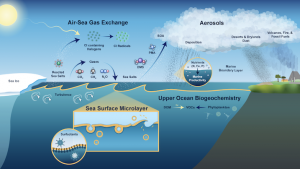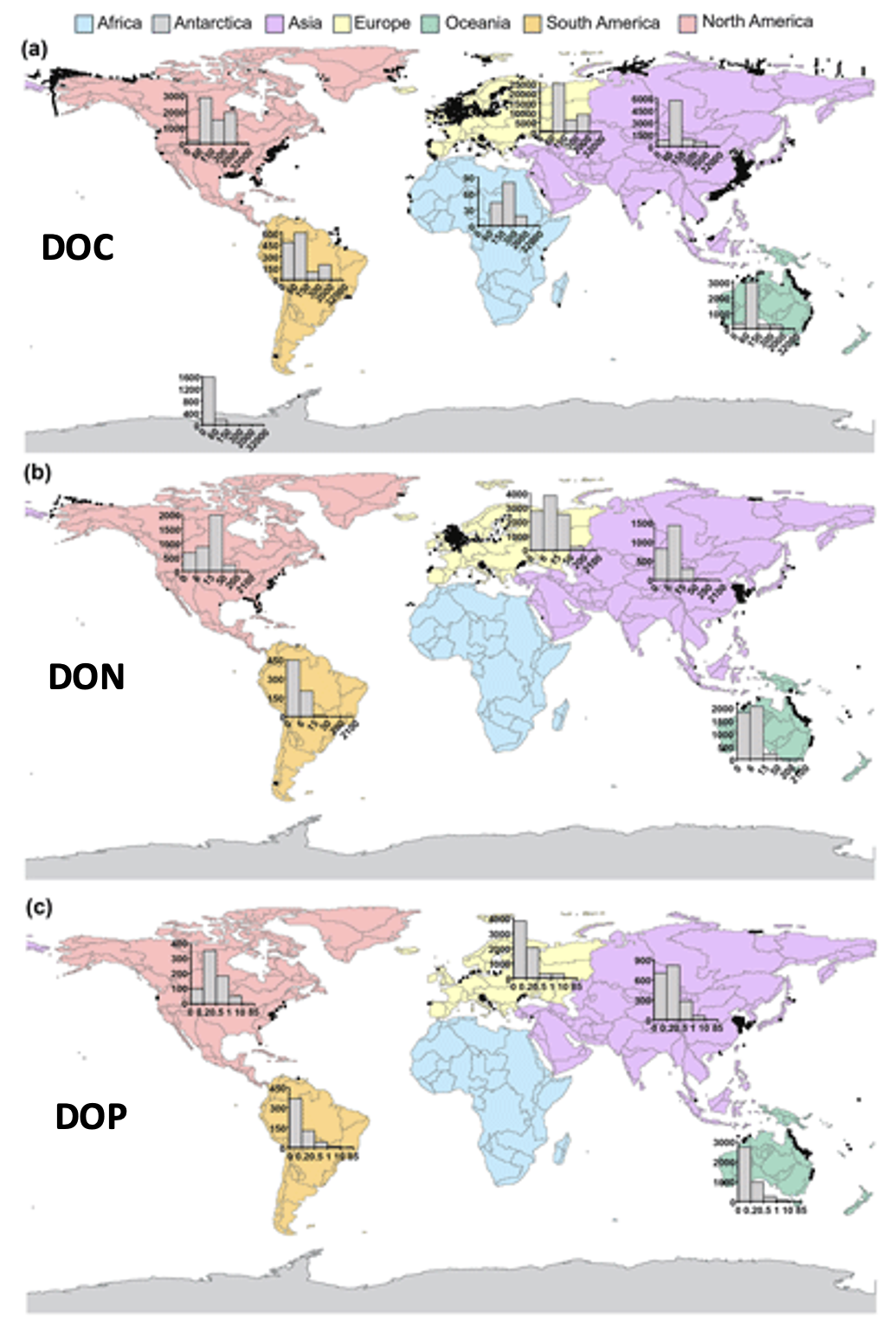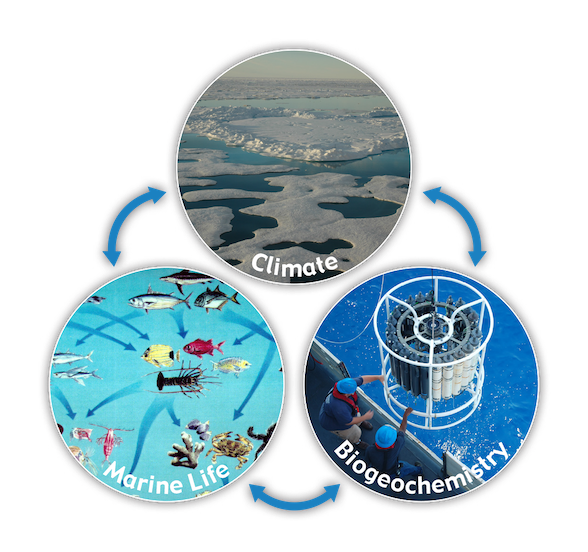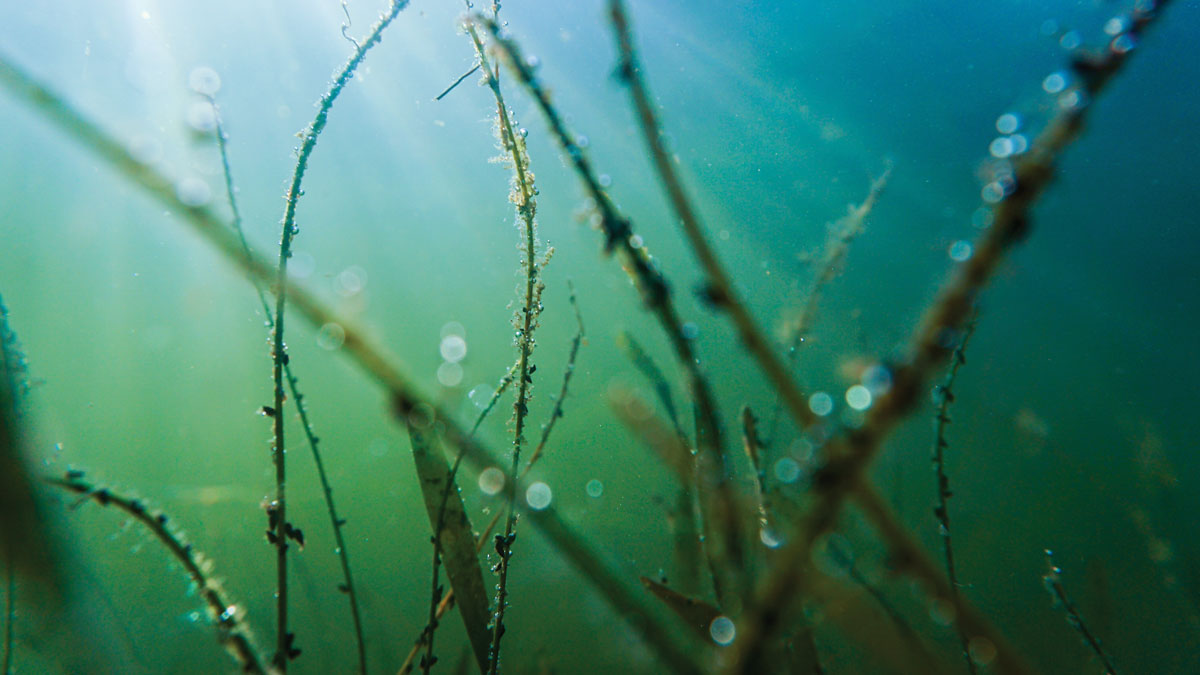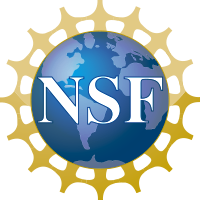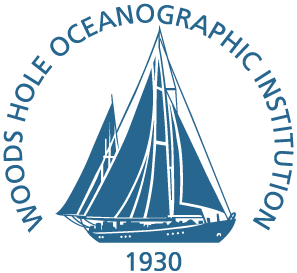Millette, N. C. et al. (2024). Recommendations for advancing mixoplankton research through empirical-model integration. Front. Mar. Sci., 05 June 2024, Sec. Marine Ecosystem Ecology, Volume 11 - 2024 | https://doi.org/10.3389/fmars.2024.1392673.
Learn more about this working group here.



